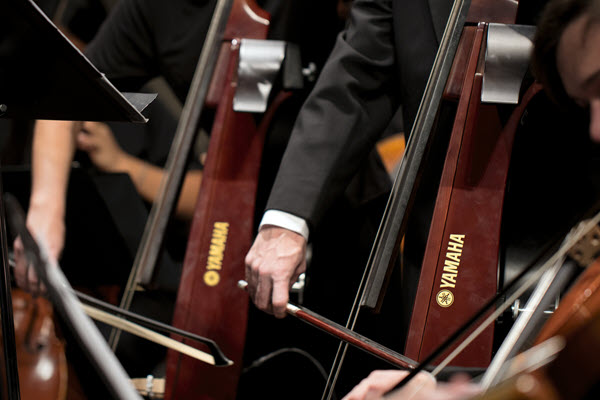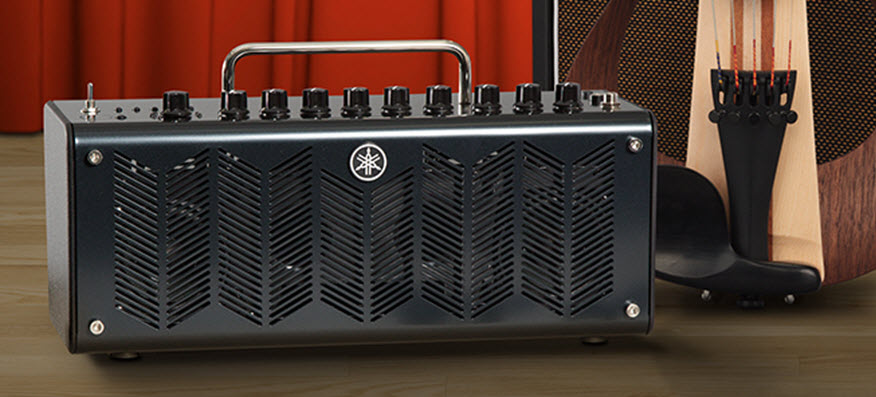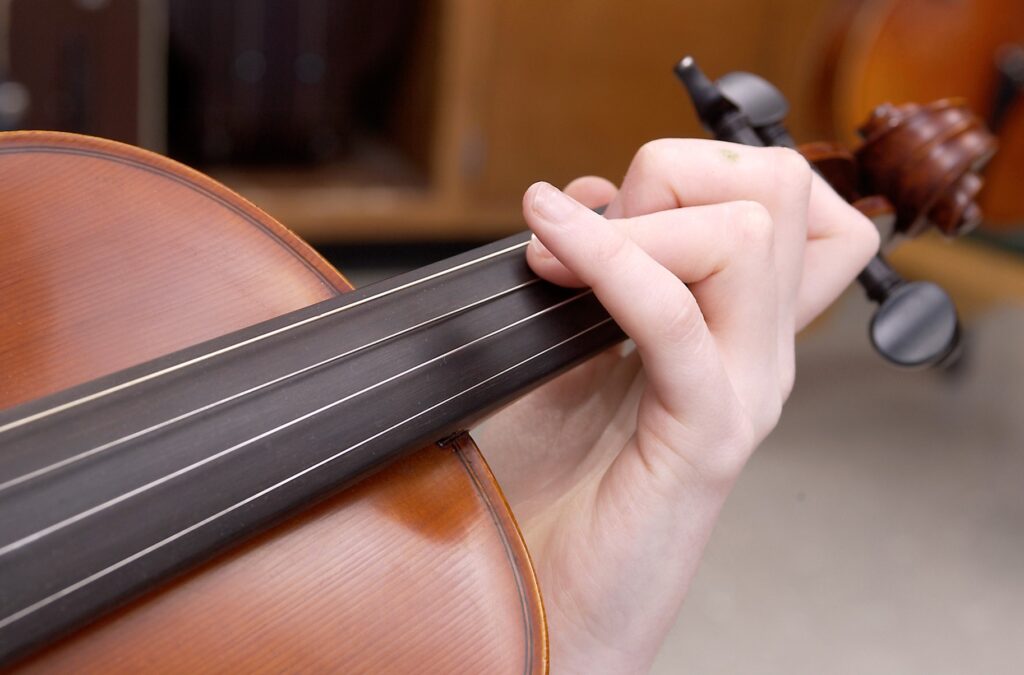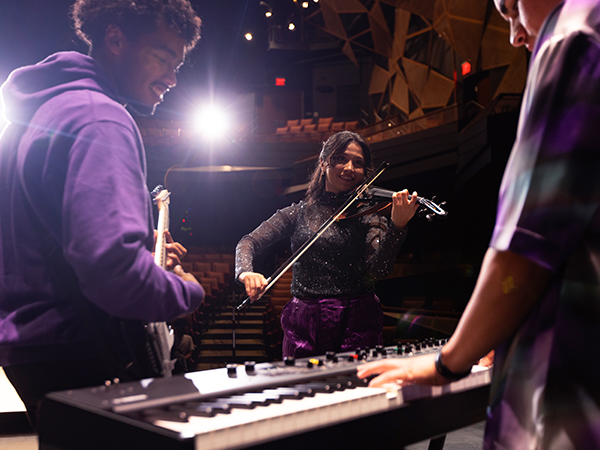Eight Great Tips for Learning Violin
How to develop good habits for a lifetime of playing enjoyment.
The violin, for all its sonic and visual beauty, can be difficult to learn. It’s a precise instrument that requires manual dexterity, a good ear and a great deal of practice. But knowing your instrument and developing good playing habits can open the door to lifelong enjoyment and a long-lasting musical relationship that will yield many rewards.
Here are eight tips that will help you on the road to mastering the violin.
1. STAY IN TUNE
Standard violins have four strings. When left “open” (i.e., without your fingers pressing down on any of them), these strings are tuned to G-D-A-E, with the G-string being the lowest-pitched and the E-string being the highest. Before playing anything on your violin, it’s important to be sure each of these four strings are tuned properly — no string should be “sharp,” meaning pitched higher, or “flat,” meaning pitched lower. To play a song properly, and especially when playing in an ensemble with other musicians, your instrument must be perfectly in tune. That’s the first step for any violin player, seasoned or beginner.
2. USE THE CORRECT SIZE VIOLIN
It may not be obvious at first, but it’s important to remember that violins come in several sizes. Since the invention of the instrument, violin makers have debated the best size for sound quality. But size also matters when it comes to playability. The smaller the instrument, the more accommodating it can be for children and younger players (for example, Yamaha YVN Model 3 violins are available in three fractional sizes). For those curious on how to choose the right size, here is a good rule of thumb: The player should place the instrument under their chin and reach out over the scroll (the S-shaped decorative end) of the instrument. If their hand can comfortably wrap around the scroll without overstretching, then it is the correct size. For more information, visit the online Yamaha Student Violin Finder.
3. ADOPT THE PROPER POSTURE
Balance and relaxation are paramount when it comes to playing violin. It’s easy to hold the instrument too tight or to put too much pressure on your chin, neck or back, all of which hold the violin in position even more than your hands. Correct playing posture involves keeping your spine aligned. To do so in a seated position, sit toward the front end of a sturdy chair, aligning your left foot slightly ahead of your right; when standing, keep your feet shoulder-width apart. Use the chin rest, keeping the violin parallel to the floor, and curve your left hand in a C-shape around the neck so that it supports the instrument. Another important step is to center your left elbow beneath the midpoint of the violin. Try practicing in front of a mirror to ensure your body is in the correct position.
4. ROSIN YOUR BOW
A bow made of horsehair is drawn across a violin’s strings to get them vibrating, which in turn results in a sound we can hear. But adding rosin to the bow creates a subtle sticky quality that aids in producing a quality sound. It’s a bit of a balancing act, however: Add too much rosin and the sound will be shrill and decidedly unpleasant. It can help to seek out an experienced player for advice on achieving this balance, and it’s a process that takes some getting used to, but it’s also something every new player will have to eventually get used to doing on their own. Bear in mind that the rosin cube must be replaced at least once a year before it dries out and becomes dusty rather than sticky.
5. LEARN YOUR SCALES
If there is one “cheat code” to mastering any musical instrument, it’s learning scales. Scales are the building blocks of music; they inform a musician what notes fit into a given composition. Scales are relatively easy to play on instruments with fixed notes, such as piano or a fretted instrument like guitar, but much harder to play correctly on a fretless string instrument like the violin, where the exact position of your fingertips on the fingerboard is crucial to the notes sounding in tune. So, every time you practice your violin, be sure to play scales repeatedly. It’s not glamorous work but it aids in the foundational effort that will pay off later ten-fold. Moreover, playing scales on violin strengthens your fingers and trains your ears, both of which are invaluable musical skills.
6. REGULAR MAINTENANCE IS IMPORTANT
A violin produces sound through tension and friction. The horsehair bow is taut, and it pulls against the instrument’s four strings. So, it’s important to give the bow a break. Just as a person cannot be tense all the time, your bow needs a respite. Feel free to loosen it when it’s not in use by screwing open the bottom of the bow. This will extend its life. Similarly, since the strings are tight, you need to replace them every few months. This will improve the sound quality and decrease the chances that a string will break during a live performance. When replacing violin strings, remember to do so one at a time. This will prevent pieces of the violin, like the bridge or sound post, from coming loose and possibly falling off altogether. (This isn’t irreparable … but it would require a visit — and a potentially expensive one — to a luthier.) In addition, a well set-up violin — one that has been checked and adjusted by an expert, with a properly cut bridge and parts that turn and function well — is more enjoyable to play and makes it easier for you to learn.
7. USE A QUALITY INSTRUMENT
One important aspect of playing an instrument is forging a bond with it over the years. But any musical instrument that is poorly made will sound substandard and won’t stand up to the rigors of practice and performance … and that’s especially true of an instrument as delicate as the violin. In addition, a poorly constructed violin will go out of tune often (see Tip 1 above). On the other hand, violins that are made well will sound better, last longer, stay in tune with ease and be easier to repair. Quality begets quality, so don’t skimp, or your learning may suffer.
8. PRACTICE, PRACTICE, PRACTICE
In the end, there is no shortcut to success: The more time you put in, the better the results will be. Whatever their instrument, aspiring musicians must hone the basics and create the right foundation. Muscle memory is always a crucial factor, and when it comes to violin, your hands and fingers must become used to playing. They need to know, without thought, where a note is, how a scale unfolds, how to draw the bow to get the desired sound. The same is true when it comes to repertoire: There are countless compositions to learn and refine. Yes, some players are “naturals,” but even they need to spend thousands of hours refining their craft … and even violinists with decades of experience practice daily to maintain their skills. So be prepared to practice, practice, practice. The labors will soon turn to labors of love, and the satisfaction you’ll get from playing violin — and playing it well — will be priceless.
Yamaha offers a full line of quality crafted student violins, including the YVN Model 3 Series, available in fractional sizes.















